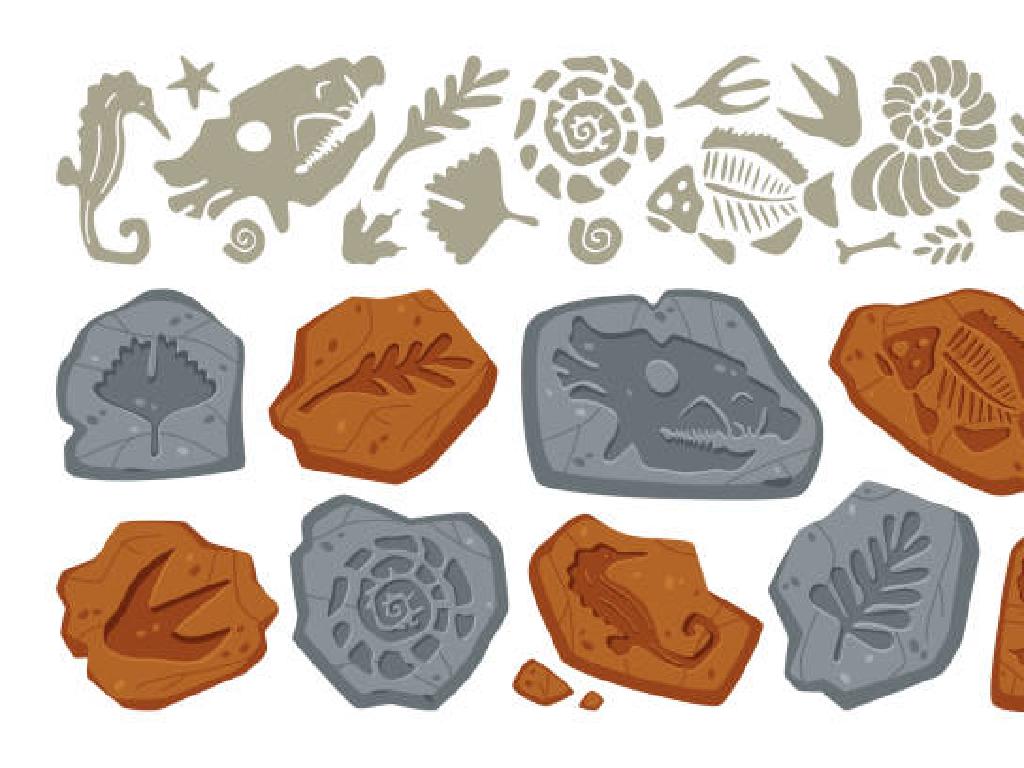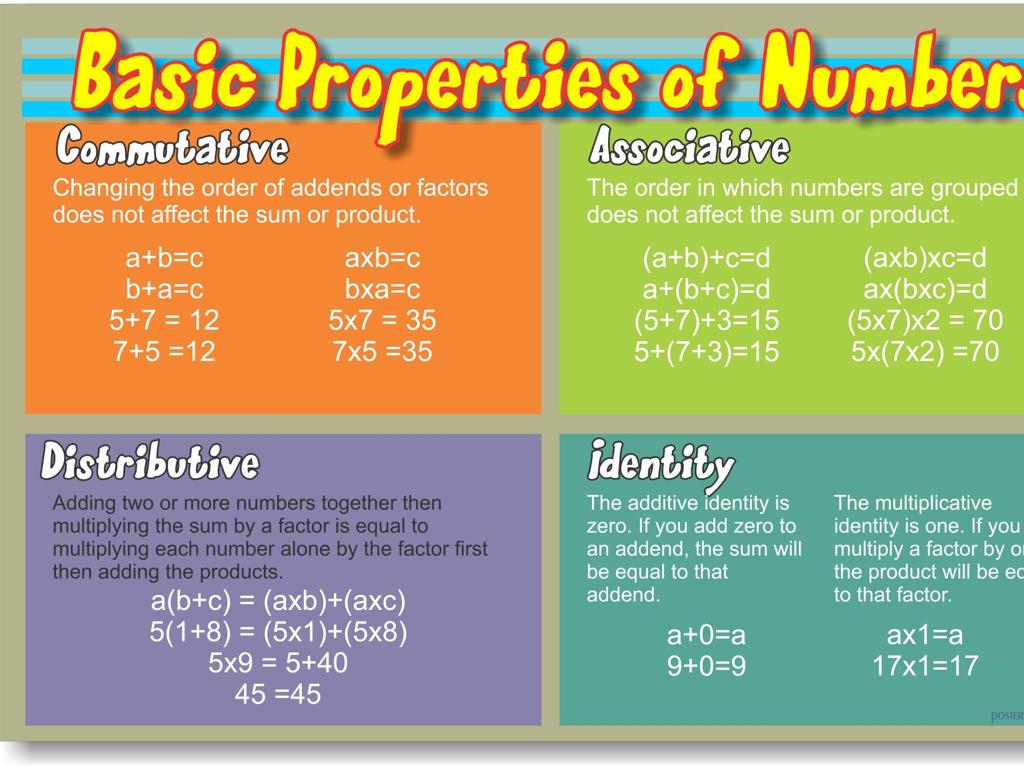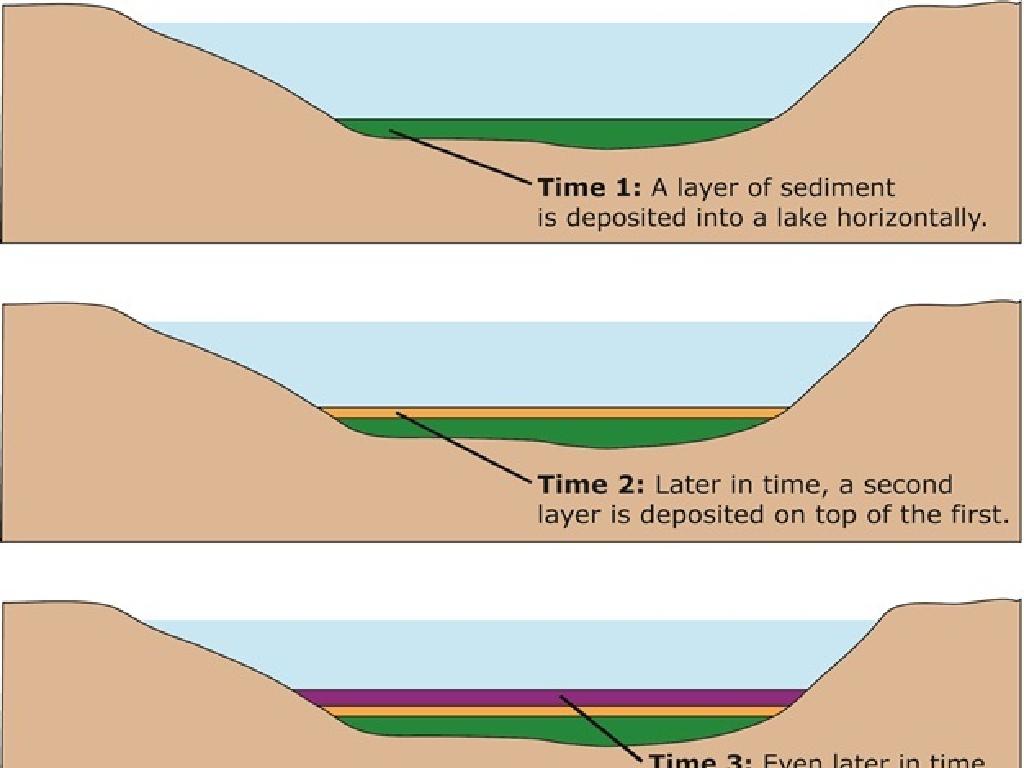Name Countries Of Africa: Review
Subject: Social studies
Grade: Seventh grade
Topic: Africa: Geography
Please LOG IN to download the presentation. Access is available to registered users only.
View More Content
Exploring Africa’s Geography
– Africa’s diverse landscapes
– Deserts, mountains, rivers, and more shape Africa’s diversity.
– Geography’s role in development
– Geography influences economy, culture, and daily life in African countries.
– Recap of African geography
– Review countries, capitals, and major geographic features learned.
– Engage with map activities
|
This slide aims to reintroduce students to the vast and varied continent of Africa, emphasizing its diverse geography and the significant impact that geography has on the development of African countries. Highlight the importance of understanding the physical layout, including deserts like the Sahara, rivers like the Nile, and mountain ranges such as the Atlas. Recap the previous session by reviewing the names of countries and their capitals, as well as discussing major geographical features. Engage students with interactive map activities to reinforce their knowledge and ensure they can identify key locations discussed in the last session. This will set the stage for more in-depth exploration of individual countries and their unique geographic characteristics.
Mapping Africa: Cardinal Points & Key Lines
– Identify Africa’s cardinal points
– Significance of Equator & Prime Meridian
– Equator divides the earth into Northern and Southern Hemispheres, Prime Meridian does so for Eastern and Western
– Activity: Find cardinal directions
– Using a compass rose on the map, students will mark North, South, East, and West
– Discuss how location affects climate
– Regions near the Equator are warmer, while those far from it are cooler
|
Begin with a brief review of the four cardinal points and their importance in geography. Explain how the Equator and Prime Meridian divide the Earth and their significance in determining climate and time zones. For the activity, provide each student with a map of Africa and a compass rose to label. Encourage them to identify the cardinal directions on their maps. Discuss how the location of a country in relation to the Equator affects its climate, leading to a deeper understanding of geographical diversity. This activity will help students visualize and memorize the positions of countries in Africa.
Exploring the Countries of Africa
– 54 sovereign states in Africa
– Nigeria, Ethiopia, Egypt, DR Congo
– These are among the most populous in Africa
– Match flags to countries activity
– A fun way to learn about African countries
– Understanding Africa’s diversity
– Africa is not a country, but a continent with diverse cultures and people
|
This slide aims to review the countries of Africa, emphasizing that there are 54 recognized sovereign states. Highlight Nigeria, Ethiopia, Egypt, and the DR Congo as examples of the most populous countries. The class activity involves matching flags to the correct country on a map, which will help students visually connect each nation’s symbol to its geographic location. This activity not only reinforces their knowledge of African geography but also enhances their memorization skills. For the activity, prepare a map of Africa and flags of various countries. Students can work individually or in groups to match the flags to the countries. Possible variations of the activity could include matching capitals to countries, matching country names to regions, or even a timed challenge to see which group can correctly match the most flags in a set period.
Exploring Africa’s Regions
– Africa’s five regions
– North, West, Central, East, and Southern Africa
– Unique geographical features
– Sahara in the North, rainforests in Central, savannas in the East
– Listing countries by region
– Match countries like Egypt, Nigeria, Kenya to their regions
– Class activity
|
This slide aims to review the different regions of Africa and their unique geographical features. Start by discussing the five regions: North, West, Central, East, and Southern Africa. Highlight the distinct characteristics of each region, such as the Sahara Desert in the North, the dense rainforests in Central Africa, and the wide savannas in East Africa. For the class activity, have students list countries that belong to each region, which reinforces their knowledge of African geography. Possible activities include a matching game, a collaborative map labeling task, or a competitive quiz where students name countries from each region. This exercise will help students visualize the continent’s diversity and remember the countries’ locations within their respective regions.
Exploring Africa’s Physical Features
– Deserts: Sahara, Kalahari, Namib
– The Sahara is the largest hot desert, while Kalahari and Namib are known for unique ecosystems.
– Rivers: Nile, Congo, Niger, Zambezi
– The Nile is the longest river, Congo is the deepest, Niger is a key to West Africa, and Zambezi features Victoria Falls.
– Mountains: Kilimanjaro, Atlas, Drakensberg
– Kilimanjaro is the highest peak in Africa, Atlas runs across the northwest, and Drakensberg is in South Africa.
– Map Activity: Locate the features
|
This slide aims to review the major physical features of Africa, including its deserts, rivers, and mountains. Students should be familiar with the Sahara, Kalahari, and Namib deserts, each with its distinct characteristics. The rivers Nile, Congo, Niger, and Zambezi are significant for their historical, economic, and geographical importance. Kilimanjaro, Atlas, and Drakensberg mountains are notable landmarks. The activity involves students identifying these features on a map, reinforcing their knowledge of Africa’s geography. Provide students with a blank map of Africa and guide them to mark the locations of these features. Encourage them to use different colors or symbols for each type of physical feature for easy identification.
Review Game: Name That Country!
– Engage in an interactive map game
– Students form into competitive teams
– Take turns to name and locate countries
– Can you find Nigeria? How about Egypt?
– Gain points for correct answers
– Teams earn points for each country correctly named and located
|
This slide introduces an interactive classroom game designed to help students review their knowledge of African countries. Divide the class into small teams to foster a collaborative and competitive environment. Each team will take turns naming a country and pointing it out on a map of Africa. To ensure participation, you can rotate which team member responds each round. Consider using a large map on the wall or an interactive whiteboard if available. Keep score to add a level of excitement. Possible variations of the game could include giving hints for a country, having students list facts about the country they name, or even challenging teams to name the capital cities. This activity will reinforce geographic literacy and recall of the countries in Africa.
Class Activity: Create Your African Map
– Label each African country
– Color-code the regions
Use different colors for different regions like North, West, East, Central, and Southern Africa
– Add physical features
Include deserts, rivers, and mountains we learned about
– Share a fact about a country
Research and present something unique about your chosen country
|
This activity is designed to reinforce the students’ knowledge of African geography by having them actively participate in map labeling and presentation. Provide each student with a blank map of Africa. Instruct them to label all the countries, using atlases or the classroom map as a reference. Encourage them to color-code the map to visually distinguish between the different regions of Africa. They should also add major physical features such as the Sahara Desert, Nile River, and Mount Kilimanjaro. Finally, each student will choose one country and share an interesting fact about it with the class. This could be related to culture, history, or a significant geographical feature. Possible activities for different students could include focusing on a specific region, comparing and contrasting two countries, or creating a more detailed map of a single country.
Wrapping Up: Africa’s Geography
– Review of African countries
– Homework: Explore a lesser-known country
– Choose one country in Africa that we haven’t discussed much in class.
– Write a paragraph on your findings
– Include location, language, culture, and an interesting fact.
– Study for the upcoming quiz
– Review all countries of Africa; quiz will cover names and locations.
|
As we conclude today’s lesson on the countries of Africa, remind students of the vast diversity and richness of the continent. For homework, students should select a lesser-known African country and research various aspects of it, such as its location, official language, cultural practices, and an interesting fact to share. This task will help broaden their understanding of Africa beyond the commonly known countries. Additionally, prepare students for a quiz in the next class by encouraging them to study the names and locations of African countries. This will reinforce their geographical knowledge and ensure retention of the information covered in class.






